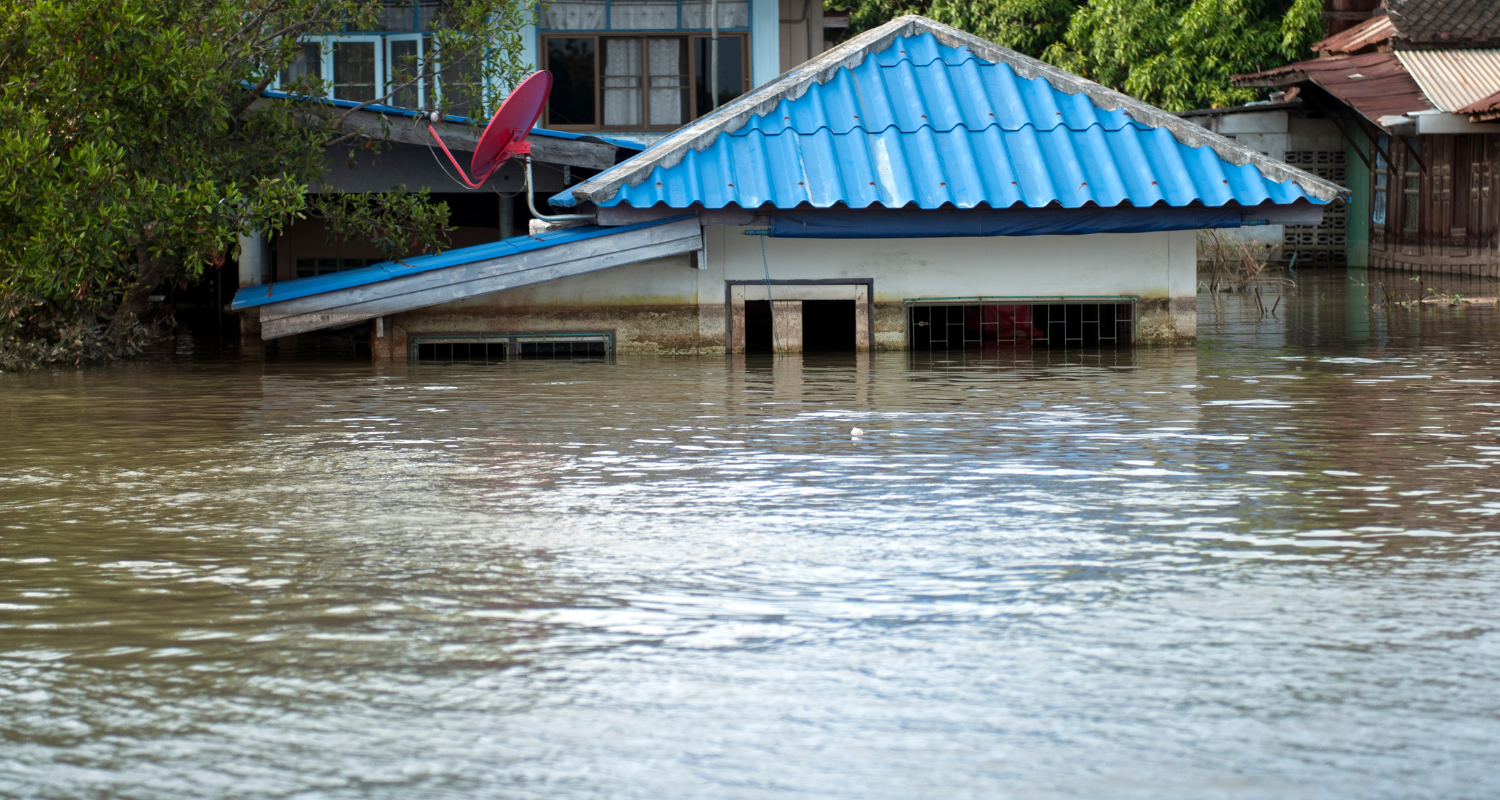
Flood Restoration: How Do I Restore My Home After A Flood?
By: 911 Water Damage Experts
Flood damage is a devastating experience that can have long-lasting effects on homes and families. It can cause structural damage, ruin personal belongings, and create unsafe living conditions.
Taking quick action is crucial in order to prevent further damage and ensure a safe and healthy living environment. In this article, we will provide a brief overview of the steps involved in restoring a home after a flood and the importance of working with a flood restoration company.
Assessing the Damage
Assessing the damage caused by flooding is an essential step in the restoration process. It is important to determine the extent of the damage so that appropriate measures can be taken to restore the home. It is recommended to work with a professional flood restoration company near you to ensure a thorough assessment of the damage. Water damage companies have the experience and expertise to identify all areas of damage and create a comprehensive restoration plan.
In addition, it is important to identify potential safety hazards that may be present in the home. This includes electrical hazards, mould growth, and structural damage. Taking necessary precautions to address these hazards is crucial in order to prevent injury and ensure the safety of those involved in the restoration process.
Cleaning and Sanitizing
Cleaning and sanitizing a flooded basement is a critical step in the restoration process. Failure to properly clean and sanitize can result in potential health hazards due to the growth of mould and other harmful bacteria. Here are some step-by-step instructions for cleaning and sanitizing a flooded basement:
1. Remove any standing water using a pump or wet/dry vacuum.
2. Remove any damaged items, including carpet, furniture, and appliances.
3. Scrub walls, floors, and surfaces with soap and water.
4. Disinfect all surfaces using a bleach and water solution.
5. Use a dehumidifier to dry out the area.
In addition, it is important to remove any mould and mildew growth that may have occurred as a result of the flooding. This can be done using specialized cleaning solutions and techniques. It is also important to wear proper protective gear and equipment, including gloves, masks, and eye protection, when cleaning and sanitizing a flooded area.
Drying Out the Home
After a flood, it’s crucial to dry out the home as quickly as possible to prevent further damage and minimize the risk of mould growth. Here are some best practices for drying out a flooded home:
1. Remove Standing Water: If there is any standing water in your home, it needs to be removed as quickly as possible. You can use a pump or wet/dry vacuum to remove the water. Be sure to wear protective gear such as boots, gloves, and a mask.
2. Open Windows and Doors: Open all windows and doors to improve ventilation and air circulation. This will help to dry out the home faster.
3. Use Fans: Place fans throughout the home to circulate air and dry out the area. You can also rent industrial-sized fans from a flood restoration company.
4. Use Dehumidifiers: Dehumidifiers help to remove excess moisture from the air, which is especially important in areas with high humidity. Be sure to empty the water collection tank regularly.
5. Remove Wet Materials: Any wet materials such as carpet, padding, and insulation should be removed and disposed of properly. These materials can harbor mould and bacteria, which can lead to health problems.
It’s important to note that the time it takes to dry out walls from water damage and a flooded home can vary depending on the extent of the damage and the conditions in your home. In general, it can take anywhere from a few days to several weeks to completely dry out a flooded home.
By following these drying-out techniques, you can help to minimize damage and prevent mould growth in your home.
Salvaging and Disposing of Damaged Items
After a flood, it’s important to assess which items can be salvaged and which need to be disposed of. Here are some guidelines to follow:
1. Determine what can and cannot be salvaged: It’s essential to identify what items can be saved and what cannot. Furniture and appliances that have been submerged in water for an extended period are usually beyond repair and must be thrown out. It’s important to be realistic about what can be salvaged, as keeping damaged items can lead to further mould and mildew growth.
2. Proper disposal of damaged items: It’s important to dispose of damaged items in a safe and environmentally-friendly manner. Many cities have specific guidelines for disposing of flood-damaged items, so check with your local waste management department for specific instructions. Some items may need to be taken to a hazardous waste disposal site.
3. Keep an inventory for insurance purposes: Make a detailed list of all the items that were damaged or lost due to the flood. This information will be useful when filing an insurance claim. Take photos and videos of the damage to provide visual evidence.
By following these guidelines, you can ensure that damaged items are disposed of properly and that you have the necessary documentation for insurance purposes.


